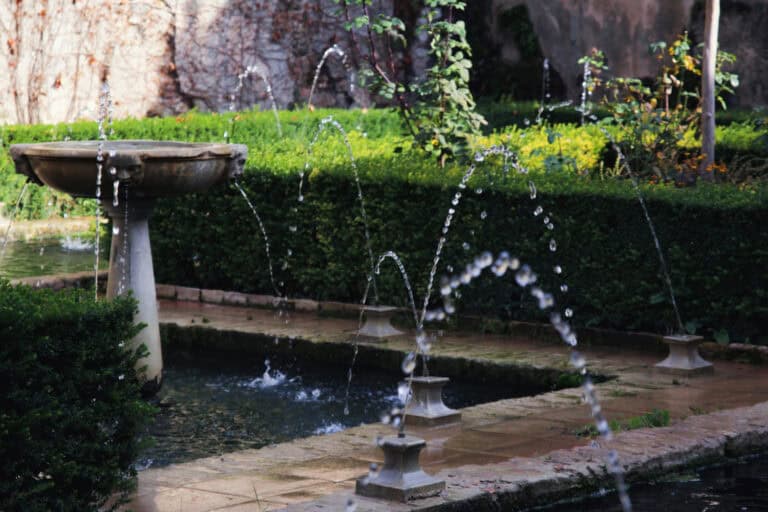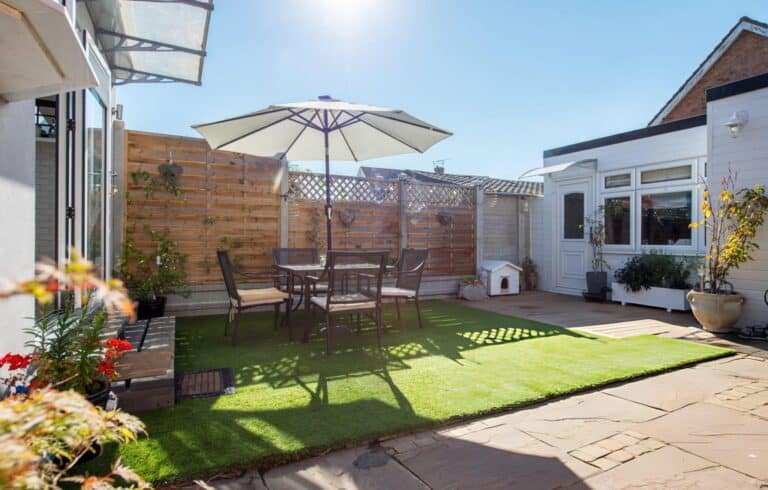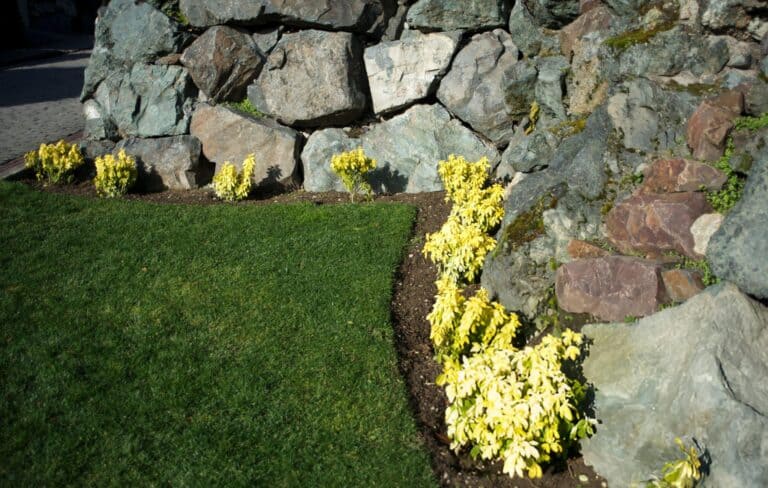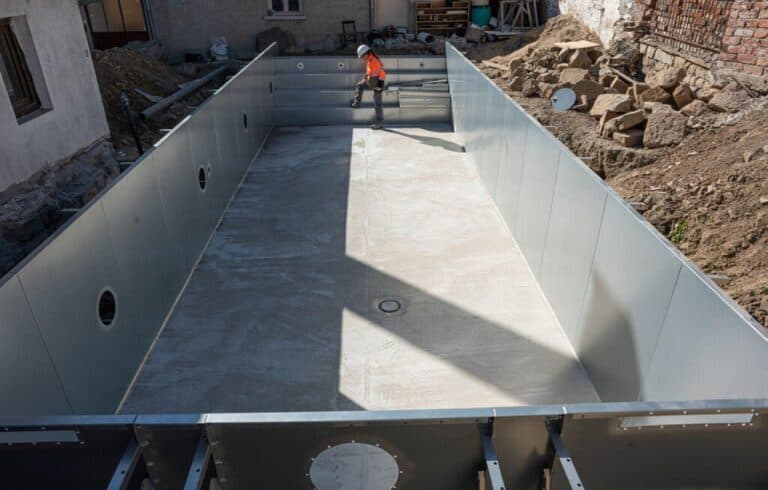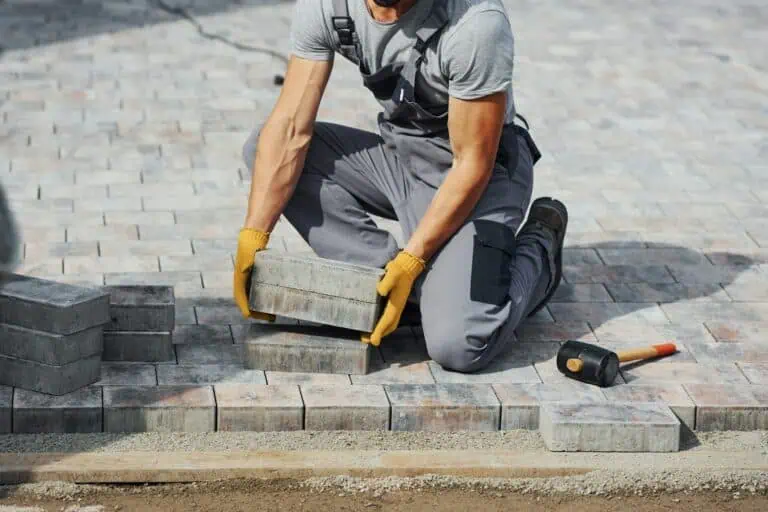Spending time outside in Gilbert can be both relaxing and enjoyable, especially when you’ve got the right balance of sunlight and shade. With high summer temperatures and plenty of year-round sun, having dependable shade can make the difference between a pleasant afternoon and a scorching one. Well-planned shade doesn’t just protect from direct sunlight, it also helps cut down on glare and keeps things cooler. Choosing where to place your shade structures matters just as much as which ones you install, especially if you want to use your outdoor space from morning to evening.
Ramadas and pergolas are two of the top choices for adding shade to Arizona backyards. When positioned correctly, they don’t just shield seating or cooking areas from the sun, they turn them into regular hangout spots. Whether it’s a mid-morning coffee on the patio or a sunset dinner outdoors, a well-placed shade structure can help make every part of the day more comfortable.
Understanding Ramadas And Pergolas
Shade structures come in many forms, but ramadas and pergolas are standouts for both function and style. Knowing the difference between them can help figure out what’s going to work best in your outdoor setup. A ramada is usually a fully covered structure, often with a solid roof that offers continuous protection from sun and rain. It works especially well for outdoor kitchens or sitting areas that need all-day coverage. Pergolas, on the other hand, have an open-roof concept with rafters or slats that provide partial shade. These are great near gardens, walkways, or areas where you want some sunlight to filter through.
Both ramadas and pergolas can boost the look and practicality of a backyard. The choice between them often comes down to how and when the outdoor space gets used. Want a place to grill without the heat bearing down? Go with a ramada. Looking for a cozy spot where morning light softly breaks through? A pergola might be the better bet.
Here are a few differences to keep in mind when deciding between the two:
– Ramadas offer full roof coverage, making them ideal for complete shade and protection
– Pergolas provide partial shade through spaced beams, letting filtered light create a more open-air feel
– Ramadas usually feel more like an add-on living space, while pergolas blend more into the landscape
– Pergolas work well with climbing plants and can double as supports for lighting or hanging decor
– Ramadas work best in areas that need shelter from both sun and elements, like near pools or outdoor kitchens
Making the right choice sets the stage, but where you put it is the game-changer. Gilbert’s sun doesn’t shine evenly all day, so understanding the pattern helps make these structures more effective for comfort and usability.
Analyzing Sun Patterns in Gilbert, AZ
The sun in Gilbert doesn’t stay in the same place all day. Its position shifts from east to west, which means a spot shaded in the morning might be fully exposed by afternoon. If you’re placing a ramada or pergola, noticing how the sun moves across your yard can make your shade structure way more effective. This becomes even more relevant in late summer, when the sun rises earlier, sits higher, and really heats everything up by midday.
Start by spending time outside and taking note of which areas get sun in the morning, around noon, and later in the day. Do this for a few days if you can. If you’re short on time, an easy way to get a sense of the pattern is to look at where shadows fall at different hours. A sunny baking nook at noon might be just fine at 9 a.m. but totally uncomfortable after lunch.
Here’s how you can track sunlight and shade in your yard:
1. Pick three times during the day to observe your space: early morning, around noon, and late afternoon
2. Bring along a notepad or phone and draw rough outlines of your yard, marking where shade appears
3. Repeat this for a few days to make sure your pattern is accurate, especially during different weather conditions
4. Consider seasonal changes. While August sunlight is strong and direct, winter patterns will shift lower and longer
5. Use what you learn to find where ramadas and pergolas will give the most coverage during the parts of the day you use the space most
Paying attention to this before building anything helps avoid issues later. No one wants a shady structure that still leaves you sweating during peak hours. Once you understand these sunlight patterns, the next step is choosing the right spot.
Smart Placement For Better Coverage
Where you place your ramada or pergola should reflect how you actually plan to use your backyard. A common mistake is placing the structure based on appearance, without thinking about purpose or sun direction. Instead, pick locations that are functional all day long, not just places that look nice.
For example, if your outdoor dining area is used in the early evening, you’ll want shade in the west to block the setting sun. Morning coffee spots might benefit from eastern coverage. And if your favorite chair gets roasted in midday sun, filter it with a pergola to make that area usable again.
Here are a few basic placement tips:
– Place structures over dining sets or lounge areas you use most often
– Use larger ramadas close to outdoor kitchens or poolside areas where full coverage is needed
– Pergolas work well next to your garden, spa, or entry path where dappled shade adds comfort but openness is welcome
– Let surrounding features like trees, tall walls, fences, and even your house help provide partial shade or wind block
– Make sure the structure complements sidewalks or flow paths so the space feels open rather than closed off
Fitting shade into your yard should feel natural. Think about how you walk through your space and where you linger the longest. Matching that with smart placement keeps the area useable throughout the day, even in the hottest months.
Designing For Gilbert’s Desert Climate
Besides sun placement, how your ramada or pergola fits into the existing landscape matters too. A well-placed structure that clashes with its surroundings or is hard to access won’t be much use. But when it’s built to match your home’s style, layout, and finish, it boosts curb appeal and feels like an extension of your living space.
Material choice is one part of this. In Gilbert, where summer days stay dry and hot and monsoon season can bring sudden wind or rain, durability matters. Choose options that resist fading, warping, and wear from UV exposure. Steel or aluminum supports, for example, can help with longevity, while wood needs extra care or sealants to last.
Try keeping your materials consistent across your landscape designs. If your patio has travertine pavers, consider matching or complementary tones in your shade structure. If your house features stucco or natural stone, that can inspire texture and color selections.
Make sure your shade structure supports the flow of your yard. Avoid blocking views or building in high-traffic paths. Tie it into other features like:
– Outdoor lighting for night use
– Misting systems to keep things cool in late summer
– Landscaping like tall shrubs or cacti that frame the structure naturally
– Seating or fire features that make the space multi-use
When everything connects, the space starts to feel like part of your home, not just something added on. It also helps protect your investment by encouraging more year-round use.
Enjoy Year-Round Comfort Under the Shade
Ramadas and pergolas aren’t just for decoration. When placed with care, they become the heart of your outdoor living space. Whether you’re gathering family, relaxing with coffee, or finding shade by the pool, a well-placed structure means you won’t constantly chase the shade or avoid parts of your yard altogether.
Understanding how sunlight moves across your yard and planning accordingly helps you enjoy both style and performance. The Gilbert climate brings strong sun and dry days for a big part of the year, so effective shade setup isn’t really a luxury. It’s the way to make your backyard work harder and stay more comfortable day to day.
If you’re looking to create something you’ll actually enjoy all year long, take the time to get the design and placement right. It’s the small details, like how the sun lands on your space at 4 p.m., that end up making the biggest difference when it’s time to unwind outdoors.
Looking to enhance your outdoor space with structures that blend style and function? Consider incorporating ramadas and pergolas to create inviting, shaded areas in your yard. These additions can transform how you enjoy the outdoors, making every corner functional and comfortable. If you’re interested in how these structures can complement your landscaping efforts, Outdoor Concepts is here to help you create a stunning outdoor environment that suits your needs and the unique desert climate of Gilbert.


